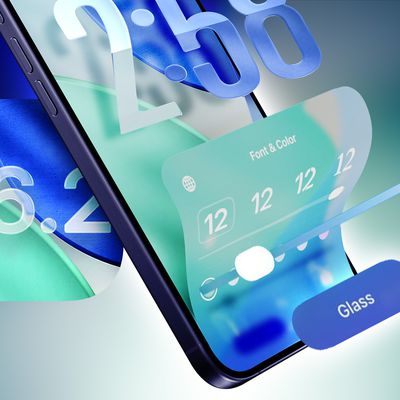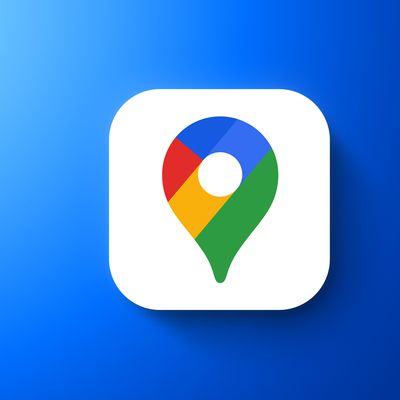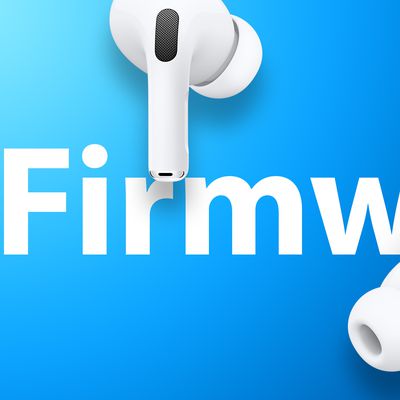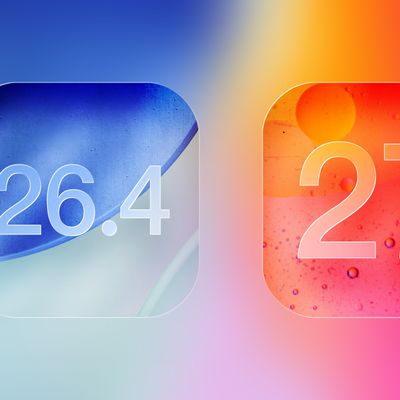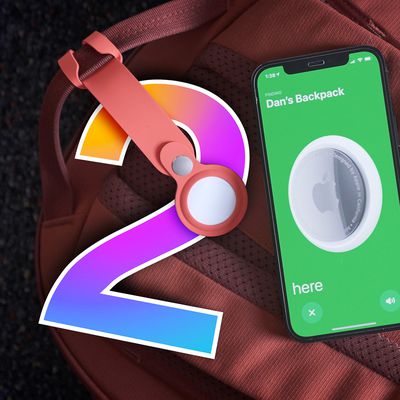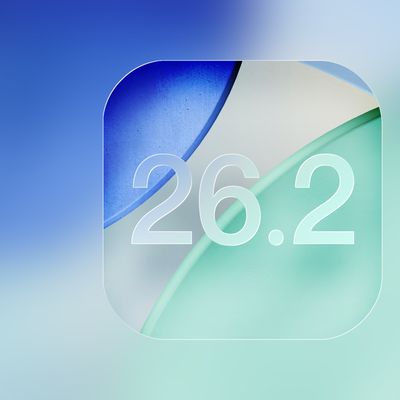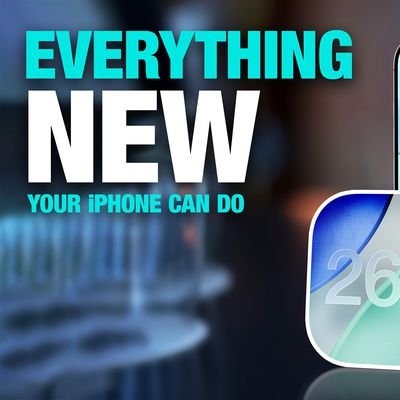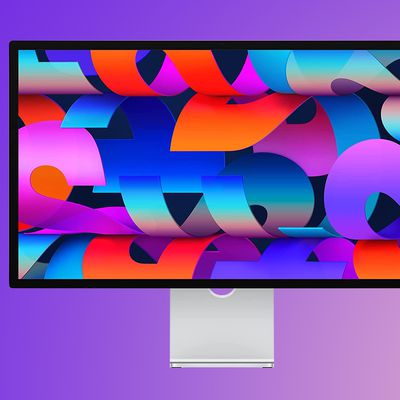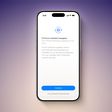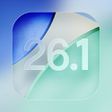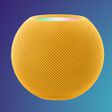Apple and Google Strengthen Privacy of COVID-19 Exposure Notification System, Targeting Next Week for Beta Release
As a result of feedback from officials around the world, Apple and Google today have disclosed a series of changes to their upcoming COVID-19 contact tracing initiative, with a focus on even stronger privacy protections and accuracy.
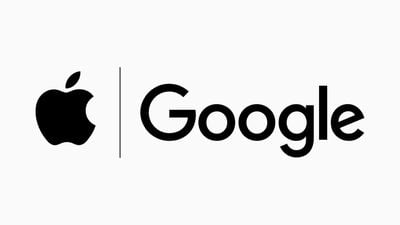
- Apple and Google are now referring to "contact tracing" as "exposure notification," which the companies believe better describes the functionality of their upcoming API. The system is intended to notify a person of potential exposure, augmenting broader contact tracing efforts that public health authorities are undertaking.
- Keys will now be randomly generated rather than derived from a temporary tracing key, making it more difficult for someone to guess how the keys are derived and use that information to try and track people.
- Bluetooth metadata will be encrypted, making it more difficult for someone to try and use that information to identify a person.
- Exposure time will be recorded in five minute intervals, with the maximum reported exposure time capped at 30 minutes.
- The API will include information about the power level of the Bluetooth signal in the data that is exchanged between phones. This can be used in conjunction with the RSSI ("Received Signal Strength Indication") to more accurately estimate the distance between two phones when contact was made.
- Apple and Google will allow developers to specify signal strength and duration thresholds for exposure events.
- The API will now allow for determining the number of days since the last exposure event to better determine what actions the user should take next.
- The API's encryption algorithm is switching from HMAC to AES. Many devices have built-in hardware for accelerating AES encryption, so this change should help performance and efficiency on phones.
Further changes to the API specifications will be made over time based on continued feedback from public health authorities.
Apple and Google are targeting next week for the release of the seed version of iOS and Android operating system updates, which will support these APIs to enable testing by public health authority developers. The software update will support iOS devices released in the last four years, dating back to the iPhone 6s and iPhone 6s Plus.
Apple and Google revealed plans for this exposure notification initiative two weeks ago. The joint effort will use Bluetooth to alert users when they have potentially come in close contact with someone who later tests positive for COVID-19, on an opt-in basis. The companies have shared an updated FAQ for users with more details about the system.
Popular Stories
Apple seeded the second iOS 26.2 Release Candidate to developers earlier this week, meaning the update will be released to the general public very soon.
Apple confirmed iOS 26.2 would be released in December, but it did not provide a specific date. We expect the update to be released by early next week.
iOS 26.2 includes a handful of new features and changes on the iPhone, such as a new...
Google Maps on iOS quietly gained a new feature recently that automatically recognizes where you've parked your vehicle and saves the location for you.
Announced on LinkedIn by Rio Akasaka, Google Maps' senior product manager, the new feature auto-detects your parked location even if you don't use the parking pin function, saves it for up to 48 hours, and then automatically removes it once...
Apple today released new firmware designed for the AirPods Pro 3 and the prior-generation AirPods Pro 2. The AirPods Pro 3 firmware is 8B30, up from 8B25, while the AirPods Pro 2 firmware is 8B28, up from 8B21.
There's no word on what's include in the updated firmware, but the AirPods Pro 2 and AirPods Pro 3 are getting expanded support for Live Translation in the European Union in iOS...
Apple has ordered 22 million OLED panels from Samsung Display for the first foldable iPhone, signaling a significantly larger production target than the display industry had previously anticipated, ET News reports.
In the now-seemingly deleted report, ET News claimed that Samsung plans to mass-produce 11 million inward-folding OLED displays for Apple next year, as well as 11 million...
Macworld's Filipe Espósito today revealed a handful of features that Apple is allegedly planning for iOS 26.4, iOS 27, and even iOS 28.
The report said the features are referenced within the code for a leaked internal build of iOS 26 that is not meant to be seen by the public. However, it appears that Espósito and/or his sources managed to gain access to it, providing us with a sneak peek...
The AirTag 2 will include a handful of new features that will improve tracking capabilities, according to a new report from Macworld. The site says that it was able to access an internal build of iOS 26, which includes references to multiple unreleased products.
Here's what's supposedly coming:
An improved pairing process, though no details were provided. AirTag pairing is already...
Apple today released iOS 26.2, the second major update to the iOS 26 operating system that came out in September, iOS 26.2 comes a little over a month after iOS 26.1 launched. iOS 26.2 is compatible with the iPhone 11 series and later, as well as the second-generation iPhone SE.
The new software can be downloaded on eligible iPhones over-the-air by going to Settings >...
Apple is about to release iOS 26.2, the second major point update for iPhones since iOS 26 was rolled out in September, and there are at least 15 notable changes and improvements worth checking out. We've rounded them up below.
Apple is expected to roll out iOS 26.2 to compatible devices sometime between December 8 and December 16. When the update drops, you can check Apple's servers for the ...
Apple is working on a smart home hub that will rely heavily on the more capable version of Siri that's coming next year. We've heard quite a bit about the hub over the last two years, but a recent iOS 26 code leak provides additional insight into what we can expect and confirms rumored features.
Subscribe to the MacRumors YouTube channel for more videos.
Macworld claims to have access to an ...
Apple's next-generation Studio Display is expected to arrive early next year, and a new report allegedly provides a couple more details on the external monitor's capabilities.
According to internal Apple code seen by Macworld, the new external display will feature a variable refresh rate capable of up to 120Hz – aka ProMotion – as well as support for HDR content. The current Studio...



